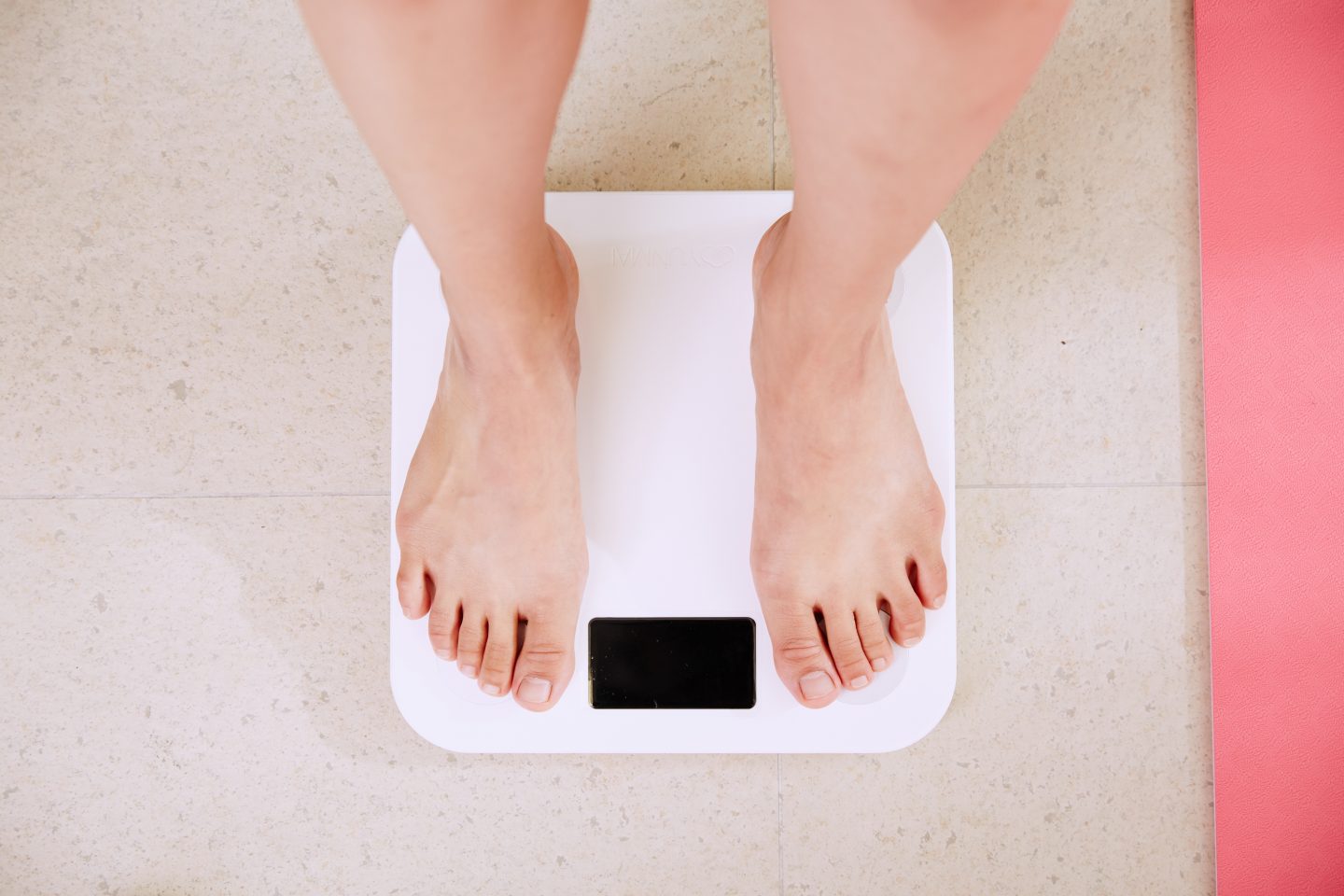
When embarking on a weight loss journey, and calorie counting – understanding your maintenance calories is crucial. Maintenance calories represent the amount of energy required to maintain your current weight. By accurately determining this baseline, you can create a caloric deficit necessary for healthy and sustainable weight loss. If you are wanting to know how to work out your maintenance calories then keep reading!
What are Maintenance Calories?
Maintenance calories refer to the number of calories your body needs to sustain its current weight, assuming you have a relatively stable activity level. Basically, the number of calories your body needs to just stay alive. How wild is that? Your body is burning calories without you needing to do anything! Anyway, when Consuming this number of calories allows your body to meet its energy requirements without gaining or losing weight. If you want to lose weight, you must create a caloric deficit by consuming fewer calories than your maintenance level. Just a gentle reminder that if you are planning on embarking on a weight loss journey it is always recommended that you speak to a dietician or GP so they can best advise you based on your individual needs. You should never feel shame for wanting to lose weight however health first is always the motto of us all here at Soph-obsessed.
How To Calculate Your Maintenance Calories
The below formula will detail how you can calculate your maintenance calories. This calculation is designed as a guide and isn’t a one size fits all. As always you are always encouraged to do your own research.
Step 1: Calculate Basal Metabolic Rate (BMR)
The Basal Metabolic Rate (BMR) represents the number of calories your body needs to function at rest. To calculate your BMR, you can use the Harris-Benedict equation, which takes into account your gender, weight, height, and age:
For men: BMR = 88.362 + (13.397 × weight in kg) + (4.799 × height in cm) – (5.677 × age in years) For women: BMR = 447.593 + (9.247 × weight in kg) + (3.098 × height in cm) – (4.330 × age in years)
Step 2: Determine Total Daily Energy Expenditure (TDEE)
Once you have calculated your BMR, you need to factor in your daily activity level to determine your Total Daily Energy Expenditure (TDEE). The TDEE takes into account the calories burned through physical activity. The following activity multipliers can be used to estimate your TDEE:
Sedentary (little to no exercise): BMR × 1.2 Lightly active (light exercise or sports 1-3 days per week): BMR × 1.375 Moderately active (moderate exercise or sports 3-5 days per week): BMR × 1.55 Very active (hard exercise or sports 6-7 days per week): BMR × 1.725 Extra active (very hard exercise or a physical job, exercise twice per day, or training for a marathon): BMR × 1.9
Step 3: Adjust for Weight Loss
To lose weight, you need to create a caloric deficit. A safe and sustainable rate of weight loss is generally considered to be 0.5-1 kg (1-2 pounds) per week. To achieve this, you can subtract 10-20% of your TDEE from Step 2. This reduction ensures a gradual and manageable weight loss. Remember, it’s important not to excessively restrict calories, as this can have negative effects on your health and metabolism.
Personally, I am not a gym bunny and working out isn’t a huge priority on my list of things to do. I won’t lie I HATE it! I’d love to be a fan of the gym but alas it is not for me. For me I simply subtract 300-500 calories from my maintenance calories – even when I think I could reduce that figure down further I don’t. As I lose weight I check my maintenance calories as of course this will reduce I then adjust accordingly. It is incredibly tempting to go into starvation mode – DON”T – not only is that incredibly unhealthy it is simply unsustainable and you will set yourself up for failure. This often results in binge eating, over-consuming which then actually puts more weight on. Weight loss is a journey, not a sprint – you’ve got this.
In Conclusion
Calculating your maintenance calories is a crucial step towards achieving your weight loss goals. By understanding your body’s energy needs, you can create a sustainable caloric deficit and embark on a healthy weight loss journey. It also means going forward you can adjust your lifestyle so you are only ever consuming what you need. Remember to consider your BMR, and activity level, and make gradual adjustments to your calorie intake for effective weight loss. Always prioritise balanced nutrition it’s no good eating loads of calories that are of no use to your body – you will still lose weight but you won’t feel good in the slightest!
You Might Also Like:
Working With Modius & My Weight Story
The Best Fruits & Vegetables For Weight Loss
Eight Week Weight Loss Challenge
Slimming World Group – Why It’s Not For Me
Can We Normalise People Wanting To Lose Weight?
Thank you for stopping by! Check out my last post here.
Love as always!
 More From Me
More From Me
Want to find out more about me? Head over to this page. If you like reading posts like this then you might want to follow me over on Bloglovin. Don’t forget you can find me on Instagram, Facebook, Twitter & YouTube.
As always words, views and opinions are honest and my own. Links marked with “*” are affiliate links. This does not cost you anything additional but it may mean I earn a small percentage from any sales. For more information about any of this please head over to this page.



